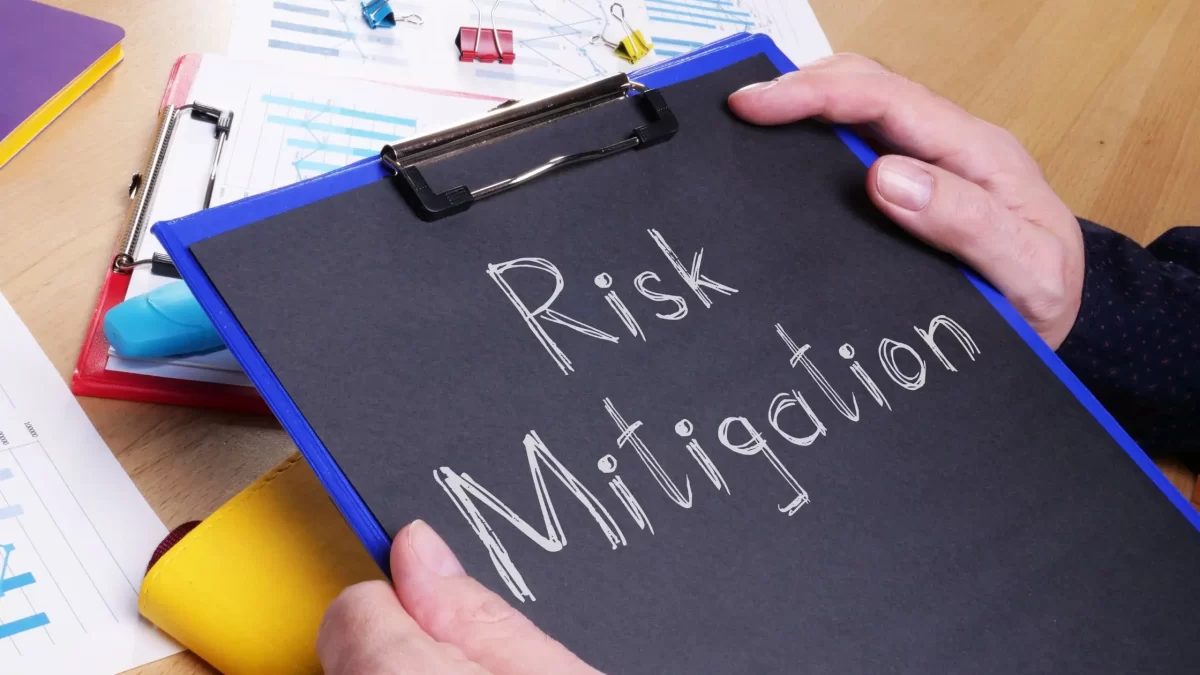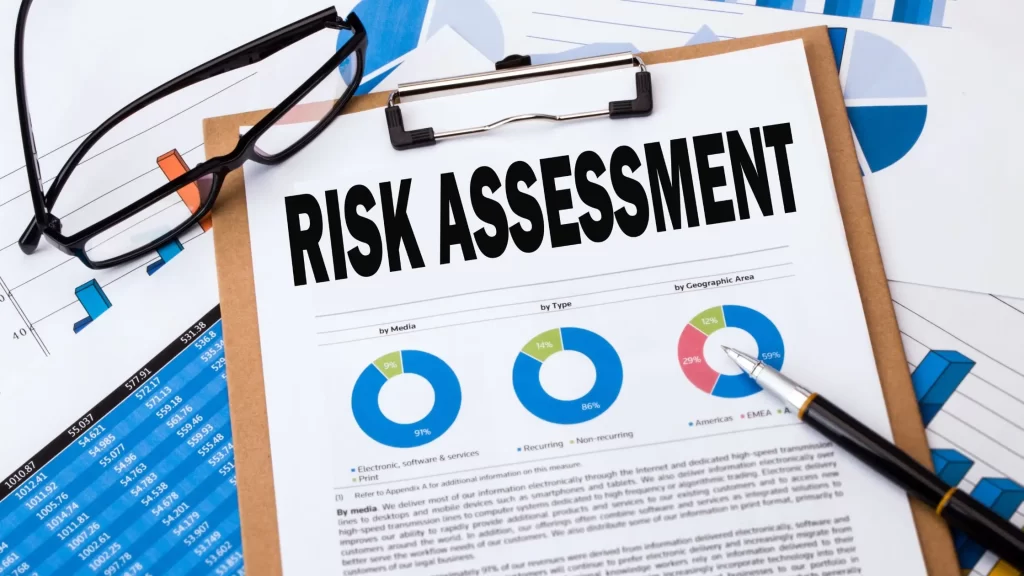Has your business ever been targeted by cyberattacks, such as hacking, phishing, or ransomware? Or have you faced a critical technological failure? If so, how long it took to overcome the losses or impact of these issues? If your business is able to continue its essential function during such obstacles, you must have a good cyber resilience strategy in place. In fact, cyber resilience refers to an organization’s ability to withstand, overcome, and adapt to cyber incidents while continuously delivering its outcomes.
However, it should not be confused with traditional cybersecurity that addresses attack prevention.
Let’s walk through this blog to learn about cyber resilience and its benefits and challenges.
What is Cyber Resilience? How it’s Different from Cybersecurity?

Cyber resilience refers to the potential of an organization to prepare, resist, and recover when cyberattacks happen. While cybersecurity is basically about prevention, cyber resilience ensures that even when security barriers are compromised, a business is likely to survive.
According to IBM, cyber resilience is a “concept that brings business continuity, information systems security, and organizational resilience together.” Think of cyber resilience like a rubber ball—it might get hit or dropped, but it bounces back. A cyber-resilient organization doesn’t just aim to block cyberattacks; it builds systems and processes to keep functioning even during an attack or outage. This includes everything from protecting data to ensuring critical services stay online.
Cyber resilience is important for business continuity. It ensures several benefits beyond improving security barriers and lowering the risk of exposure to infrastructures. Apart from that, cyber resilience helps minimize financial loss and reputational damage.
The Importance of Cyber Operations and Resilience
1. Minimized Downtime
A cyber-resilient organization can keep critical systems running during an attack or outage. For example, if a ransomware attack locks some systems, a resilient company might have backups ready to restore operations quickly. This reduces downtime, which can save money and maintain customer trust.
2. Enhanced Customer Trust
Customers expect businesses to protect their data. A company that demonstrates cyber resilience—by recovering quickly from incidents and communicating transparently—builds trust. This is especially important for industries like healthcare or finance, where data breaches can have serious consequences.
3. Cost Savings in the Long Run
Investing in cyber resilience can save money over time. While setting up backups, training employees, and testing recovery plans require upfront costs, it’s far cheaper than dealing with prolonged outages, legal fees, or lost business from a cyber incident.
4. Regulatory Compliance
Many industries have strict regulations for data protection and system uptime. Cyber resilience helps organizations meet these requirements by ensuring they can recover from incidents without violating compliance standards.
5. Improved Adaptability
Cyber-resilient organizations learn from incidents and adapt their strategies. This continuous improvement makes them better prepared for future threats, which are constantly evolving.
6. Competitive Advantage
Businesses that prioritize cyber resilience stand out in the market. Customers and partners are more likely to choose a company they trust to handle disruptions effectively.
Challenges of Cyber Resilience
While the benefits are clear, achieving cyber resilience comes with challenges. Organizations must address these hurdles to build a robust strategy.
1. High Initial Costs
Implementing cyber resilience requires investment in technology, training, and processes. Small businesses, in particular, may struggle to afford advanced tools like intrusion detection systems or regular security audits.
2. Complexity of Systems
Modern organizations use complex networks of cloud services, on-site servers, and third-party vendors. Ensuring resilience across this interconnected web is difficult, as a single weak link can cause widespread issues.
3. Evolving Threats
Cyber threats are constantly changing. Hackers develop new techniques, and new vulnerabilities are discovered regularly. Keeping up with these changes requires ongoing effort and resources.
4. Human Error
Employees are often the weakest link in cyber resilience. A single mistake, like clicking a malicious link or sharing a password, can lead to a breach. Training and awareness programs are essential but can be time-consuming and costly.
5. Balancing Security and Usability
Too many security measures can slow down operations or frustrate employees and customers. For example, complex password requirements might improve security but annoy users. Striking the right balance is a challenge.
6. Lack of Expertise
Not all organizations have in-house experts in cyber resilience or cyber operations. Hiring skilled professionals or outsourcing to third-party providers can be expensive and may not always align perfectly with the organization’s needs.
How to Build Cyber Resilience

To overcome these challenges and reap the benefits, organizations can take practical steps to build cyber resilience:
1. Conduct Risk Assessments
Regularly evaluate your systems to identify vulnerabilities and prioritize risks. This helps focus resources on the most critical areas.
2. Develop a Response Plan
Create a detailed incident response plan that outlines steps to take during a cyberattack or outage. Test this plan regularly through simulations.
3. Invest in Backups
Maintain secure, up-to-date backups of critical data and systems. Store backups offline or in a separate location to protect against ransomware.
4. Train Employees
Educate staff about cyber threats and best practices, such as recognizing phishing emails and using strong passwords. Regular training reduces the risk of human error.
5. Use Advanced Tools
Leverage technologies like intrusion detection systems, encryption, and multi-factor authentication to strengthen defenses.
6. Partner with Experts
Work with cyber security and resilience consultants to fill gaps in expertise. They can provide tailored advice and help implement best practices.
7. Monitor and Adapt
Continuously monitor your systems for unusual activity and learn from incidents to improve your strategy.
Conclusion
Cyber resilience is no longer optional—it’s a necessity in a world where cyber threats are a constant reality. By understanding what is cyber resilience? Benefits & challenges, organizations can better prepare for disruptions and protect their operations. While cyber security focuses on prevention, cyber resilience ensures recovery and adaptability. Together with strong cyber operations and resilience, businesses can minimize downtime, maintain trust, and stay ahead of evolving threats.
The road to cyber resilience isn’t easy. It requires investment, planning, and ongoing effort to overcome challenges like high costs, complex systems, and human error. But the rewards—reduced downtime, enhanced trust, and regulatory compliance—make it worth the effort. By taking proactive steps, organizations can build a resilient future, ready to face whatever challenges come their way.


























